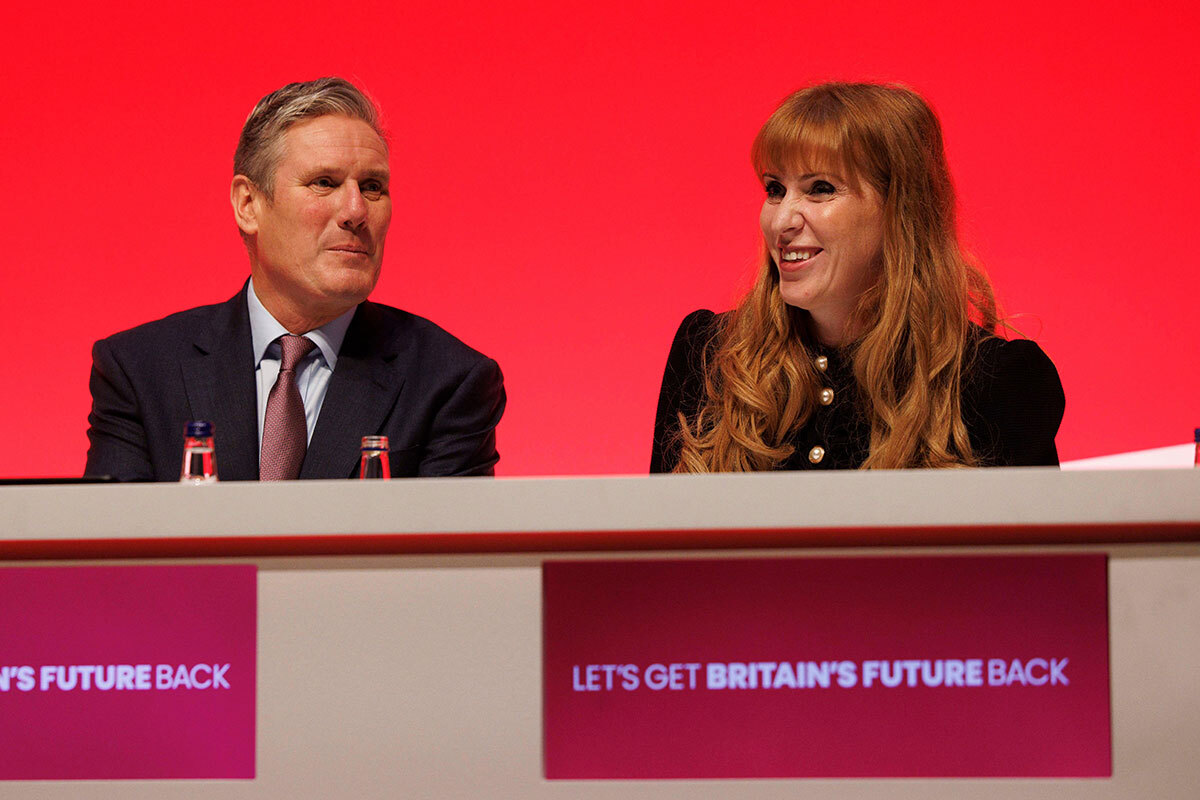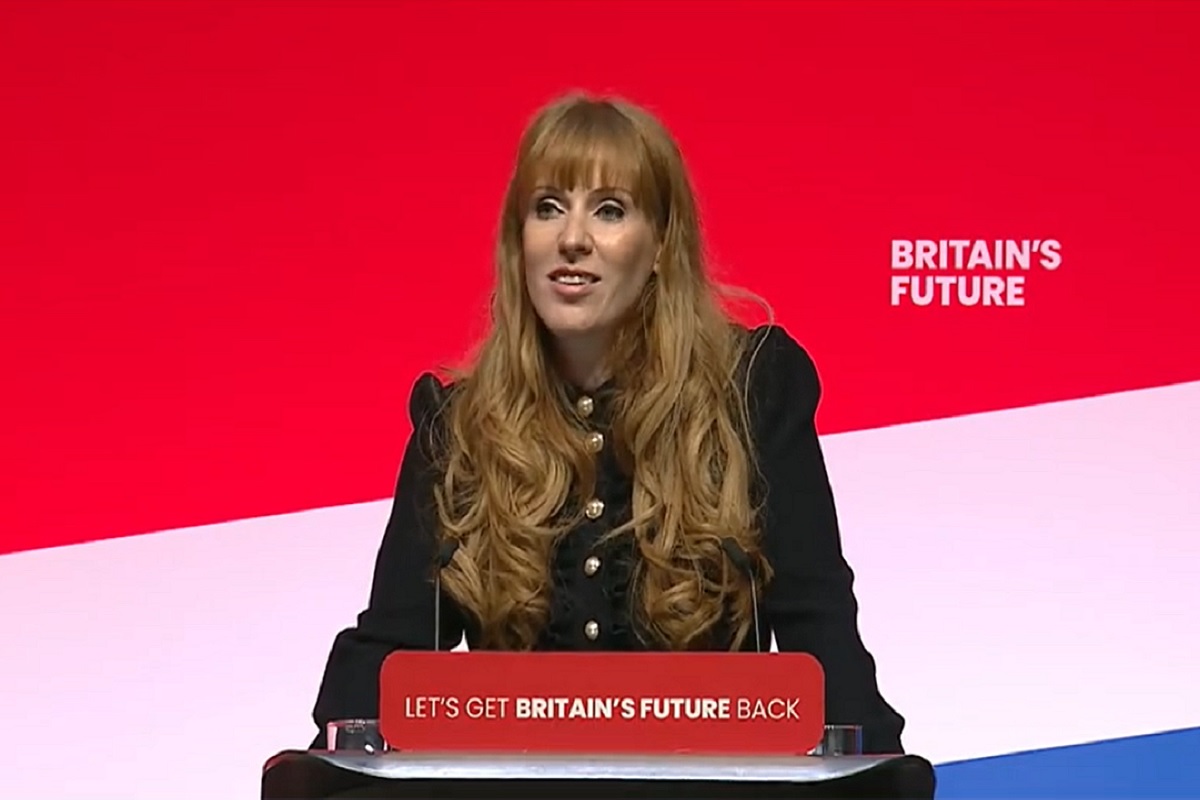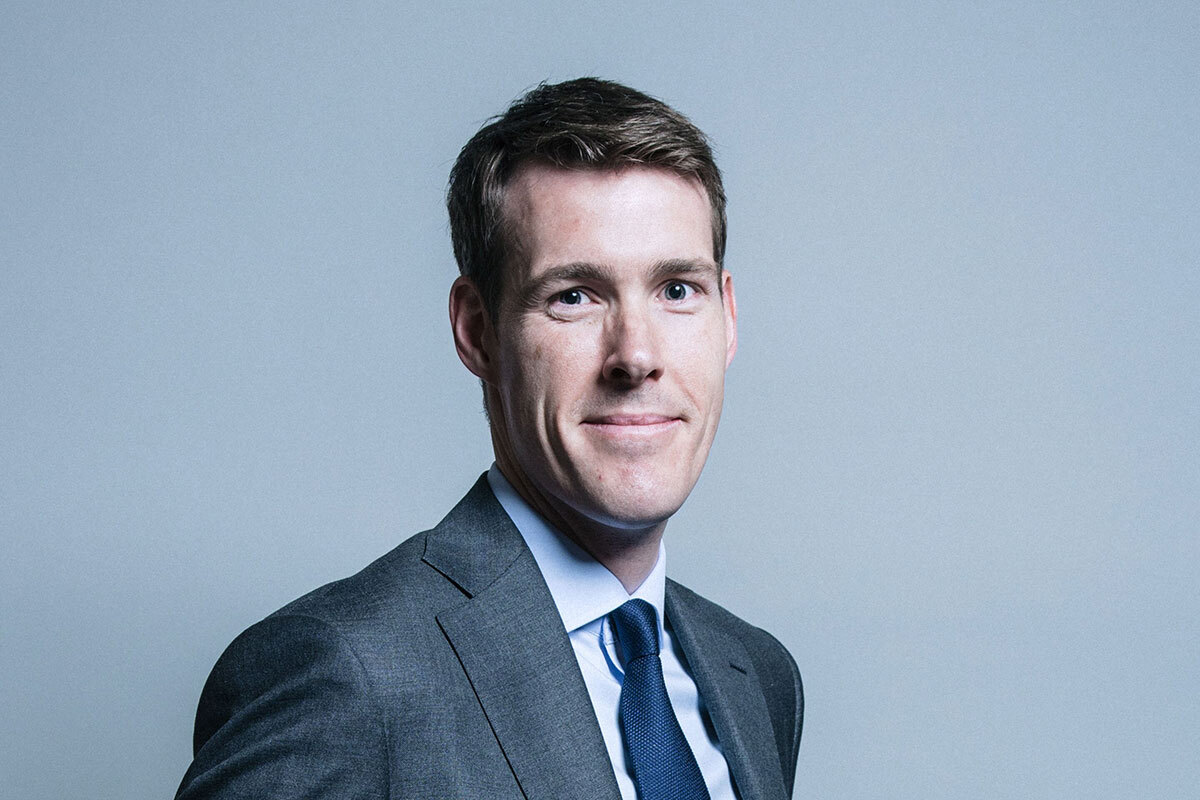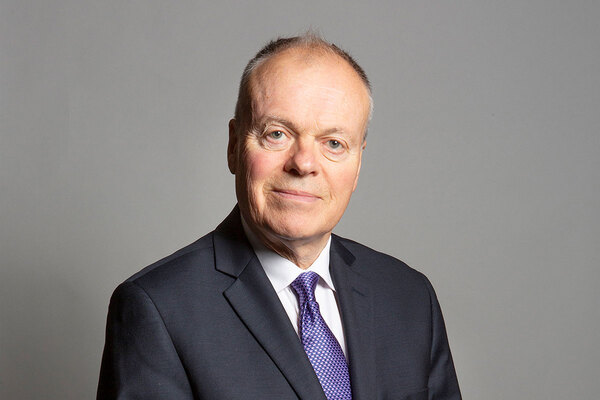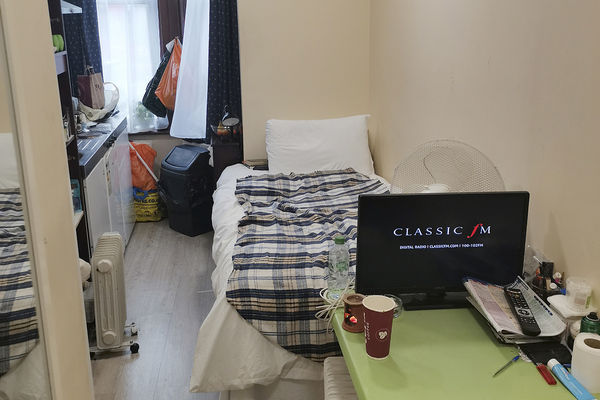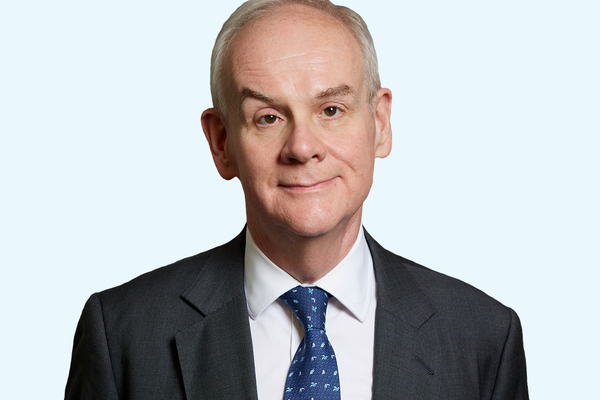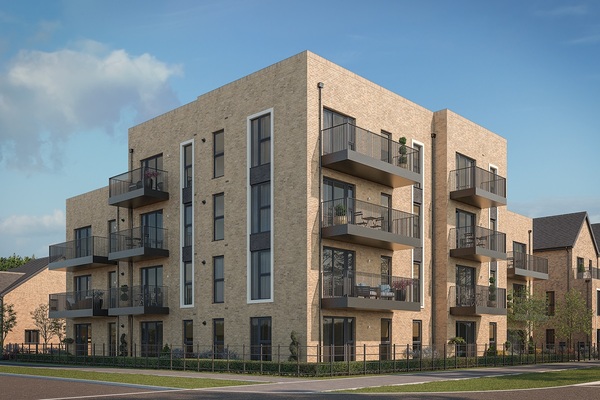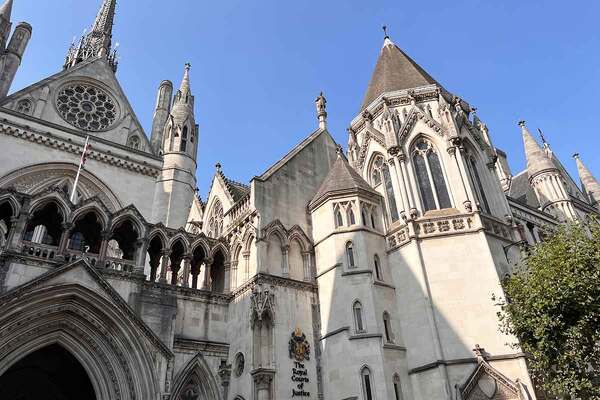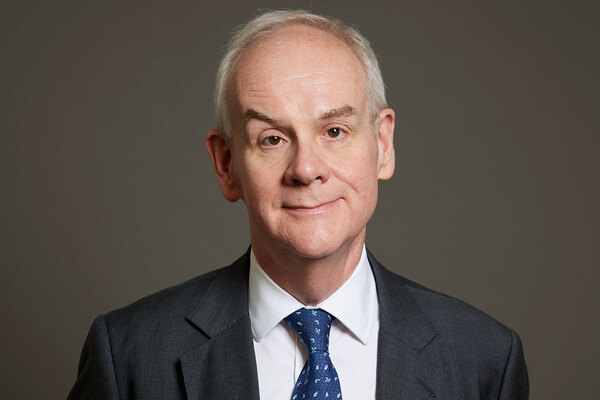You are viewing 1 of your 1 free articles

Jules Birch is an award-winning blogger who writes exclusive articles for Inside Housing
The Labour conference ticked the right boxes on housing, but many questions remain
Jules Birch digs into the details to find out what a Labour government might deliver on housing
If the polls are anything like accurate, there will be a Labour government next year. We’ve just had what could be the party’s last conference before the election. So what does it tell us about its plans for housing?
There seemed to be genuine excitement at packed fringe meetings at the prospect of meaningful reform of renting and leasehold if (when?) the current government fails to deliver. Potential future ministers are well aware of the key issues they will face and there was loud applause inside the main hall, especially when council housing was mentioned.
Sir Keir Starmer’s “we are the builders” speech on Tuesday ticked all the right boxes on housing supply and planning reform and he became the first potential prime minister to declare himself a Yimby.
However, the conference still left some big questions about the prospects for real change.
We already knew that housing was barely mentioned in Labour’s five missions, even if it arguably underpins all of them.
It was not even one of the five issues chosen in the priorities ballot for debate at the conference. This may have been because party managers wanted to avoid dissension in public over spending decisions but if housing is not a priority for a Labour conference, why would it be for a Labour government?
And what about the underlying philosophy? In an interview on the Today programme on Wednesday, Sir Keir was asked about his comments bulldozing through the restrictive planning system: why was he not talking about bulldozing inequality or social injustice?
“Because it is about social justice, it is absolutely about social justice,” he replied. “Owning your own home is hugely important, particularly for working class families. When I was growing up we didn’t have a lot of money, we didn’t have expensive holidays, we didn’t get to go out to eat very often as a family, we sometimes struggled to make ends meet, but we owned our own home. And that gave us huge security as a family… I felt secure at home and it gave me a springboard to go on the journey I’ve been on in life.”
There is nothing wrong with this in itself – most people do hope to own their own home and it is good politics to connect your personal story with those aspirations – but equating homeownership with social justice like this risks writing the rest of the housing question out of the story.
“The new Labour target of 1.5 million new homes in five years is striking and it neatly highlights the Tory failure to achieve their own manifesto target of 300,000 new homes a year by the mid-2020s”
And does his implication that planning reform and increased supply alone will be enough to meet those aspirations for homeownership really stack up?
The new Labour target of 1.5 million new homes in five years is striking and it neatly highlights the Tory failure to achieve their own manifesto target of 300,000 new homes a year by the mid-2020s.
But how much closer will it really bring that “dream of homeownership”? Official estimates for the UK government say that a 1% increase in the housing stock leads to a 2% decrease in house prices if all else remains equal. That seems promising given that 1% of England’s stock is around 250,000 homes.
However, in the real world other factors do not remain equal and they can have an impact as great as, if not greater than, supply. The same estimates say that a 1% increase in real incomes or in the number of households will raise house prices by 2%, and that a 1% increase in interest rates triggers a 3% fall in house prices.
Achieving the 300,000 homes target would mean an increase of perhaps 100,000 on current output, so sustaining that over five years would have a welcome but modest impact on prices based on those estimates.
A real shift in the dial on affordability, especially in places like Surrey where Starmer grew up in that modest pebble-dashed semi, will take far more than that.
And who will actually build the 1.5 million new homes? We haven’t achieved 300,000 a year in England since the 1970s, when about half of them were council houses. The private sector alone has not done it since the 1930s, when it was able to take advantage of a collapse in land prices, low interest rates and new mortgage finance.
Achieving it now without a significant contribution from social housing would make huge demands on the private sector. Planning reform and the restoration of planning targets should mean more sites are available, but developing them would mean reaching well beyond the big house builders that currently dominate the market.
Reform of the green belt and a new generation of new towns both have significant potential if accompanied by measures to ensure that the profits from development do not go straight into the pockets of landowners.
However, both will face local opposition that even a Labour government with few seats in the South East will have to face down (especially if it ends up short of a majority and reliant on Lib Dem support).
New towns are an essential part of the long-term solution but they will take time to get off the ground (anyone remember the 10 eco towns proposed by the last Labour government?) and they will deliver very little within those first five years.
But another weakness in Labour’s position is detectable in another apparent piece of good news from Liverpool: deputy leader Angela Rayner’s promise of “the biggest boost to affordable and social housing for a generation”.
That was startling given that Labour has long since abandoned its 2019 manifesto commitment to 150,000 social homes a year within five years, appears to have downgraded its 2022 pledge to make social housing the second biggest tenure and is currently only promising to go “net positive” on social rent.
“There are no easy answers and none that do not include a big increase in public investment in social and affordable housing to which the party is currently unable to commit”
The boost seems to rely on making the Affordable Homes Programme (AHP) more flexible and stopping developers “wriggling out of their responsibilities” under Section 106 agreements by supporting local authorities. Both are welcome moves: as she pointed out, it’s only this year that housing secretary Michael Gove was forced to hand money back to the Treasury; and well-funded developers can currently run rings around cash-starved councils.
However, it’s hard to see how making the existing system work better adds up to the “biggest boost in a generation”. Section 106 already delivers up to half of affordable homes and there are inevitable trade-offs to be made between the market and affordable proportions of developments.
And note the combining of “affordable and social” in the promise: Section 106 delivered 26,398 affordable homes in 2021-22 but only 4,048 of them (15%) were for the most affordable social rent and London Affordable Rent.
If Labour succeeds in boosting the total number of new homes, then Section 106 delivery should rise in proportion with that but this would be directly dependent on the state of the private housing market at the time.
If Labour also (rightly) reprioritises the AHP to deliver more social rent then there will be another trade-off to be made with the total number of affordable homes.
And that’s before we get to all the other outstanding issues – homelessness, temporary accommodation, the bedroom tax, the benefit cap, Local Housing Allowance and the rest – that would face a Labour government.
So a successful conference leaves a long list of questions behind. There are no easy answers and none that do not include a big increase in public investment in social and affordable housing to which the party is currently unable to commit.
Jules Birch, columnist, Inside Housing
Sign up for our daily newsletter
Already have an account? Click here to manage your newsletters
